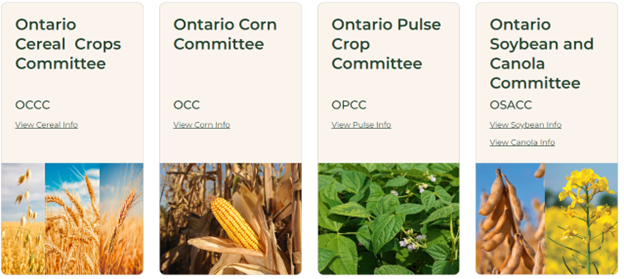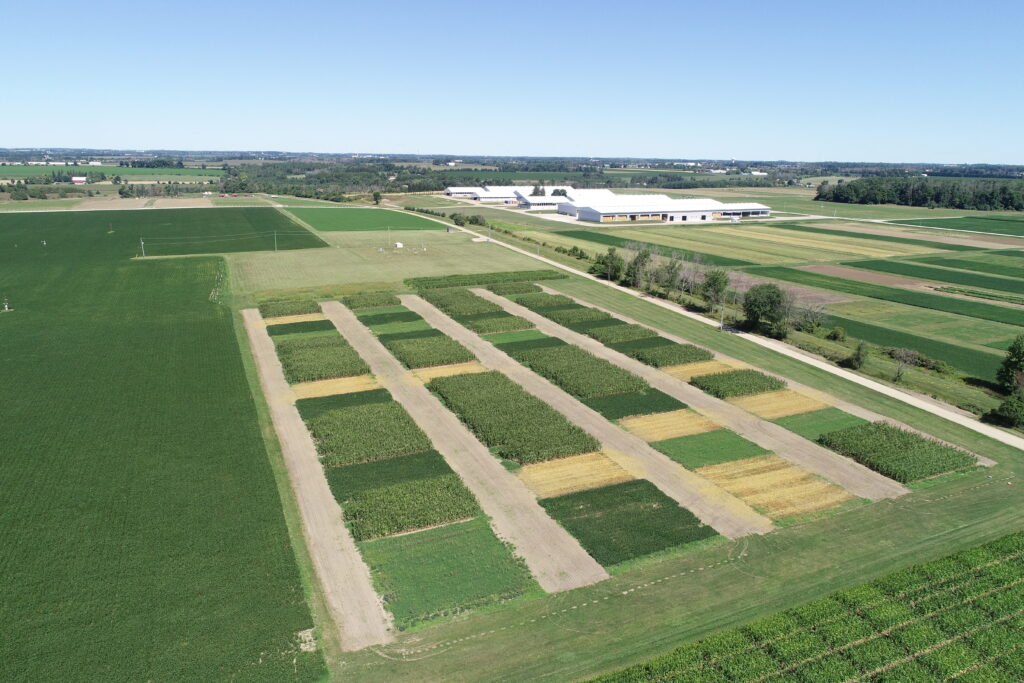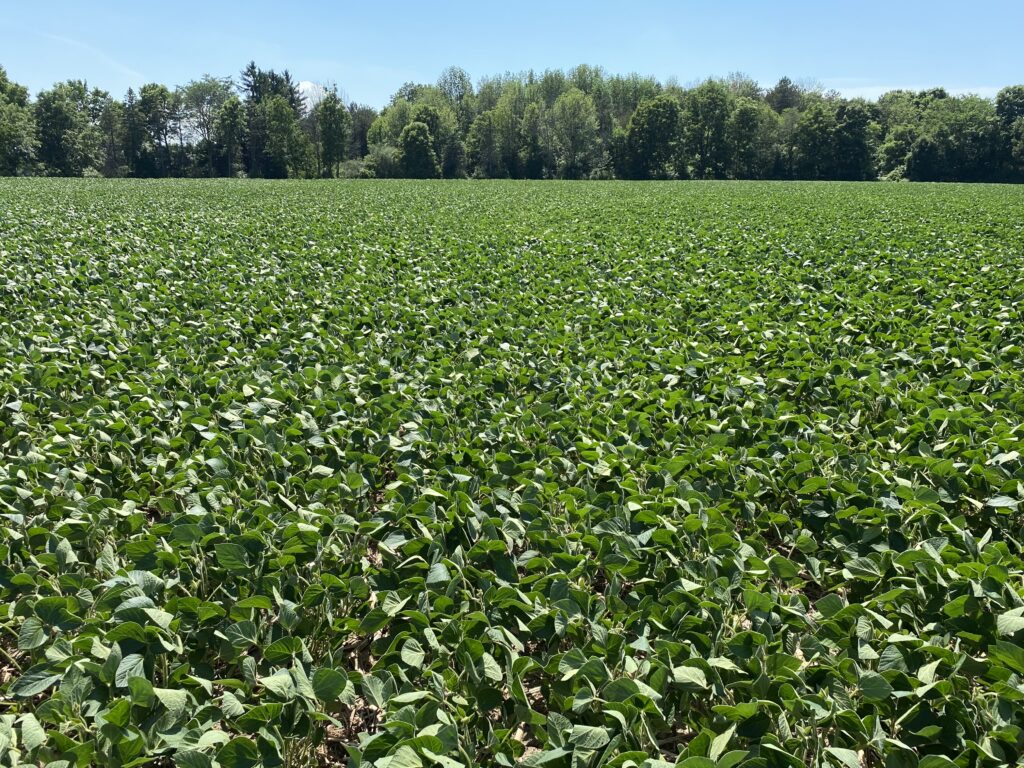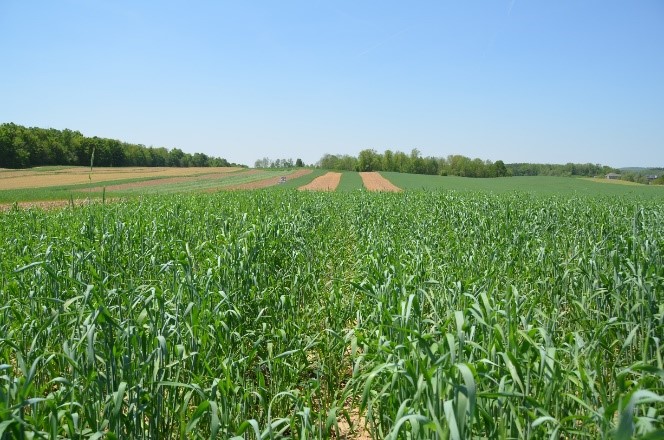Cutworms of All Kinds

It is safe to call 2024 a good pest year. Mild winters and warm springs tend to help pests overwinter well or expand their range further than usually and get ahead of crops when soil conditions delay planting. Armyworm and cereal leaf beetle are continuing to show up in some wheat fields, while some grubs […]







